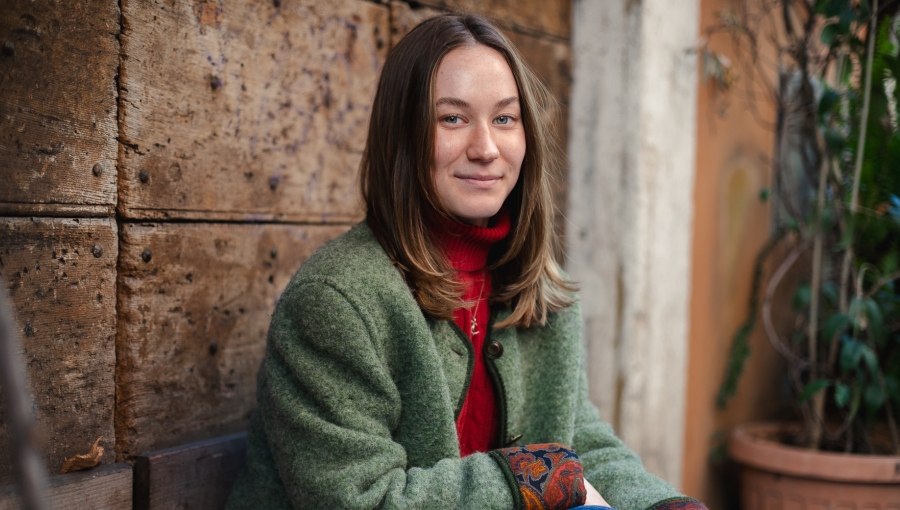Blue Fashion and Social Innovation: a Lecture by Barbara Della Rovere
On December 4, 2020, the JCU Institute for Entrepreneurship welcomed fashion designer Barbara Della Rovere, who shared her knowledge of blue fashion expanding on an unusual yet innovative material: fish skin.
Della Rovere started by defining blue fashion as part of the blue economy, namely the act of employing resources from the sea. Blue fashion is the specific use of marine biomaterials for the creation of clothing, bags, shoes, and accessories. Two main materials are used for this purpose: seaweed, which mixed with cellulose gives a material similar to cotton, and fish skin.
Fashion is a highly polluting and resource-intensive industry, and the use of fish skin as a leather-like material can increase sustainability. Skin is a fish part that we usually do not eat. Della Rovere mentioned sushi restaurants as an example: they serve large quantities of fish, but never with skin, which gets directly thrown out.
The use of fish skin in the fashion industry is considered part of the circular economy loop, an innovative business model that aims to keep waste products and materials in use. Fish leather is an example of upcycling since it reuses discarded materials to create a product of higher quality and value. In addition, according to Della Rovere, this practice plays an important role in developing social entrepreneurship and reducing the gender gap in the fisheries industry.
Women in the fisheries industry are usually unemployed fishermen’s wives who perform the pre-and-post-harvest tasks (such as building fishnets and cleaning the fish) in their family businesses, but they are not paid for this. Their employment in the realization of fish leather gives them a paid, rewarding job that helps them feel more included and productive in society.
Examples of these social startups can be found in Turkana (Kenya), Pantanal (Brazil), and Antonina (Brazil). The Antonina skin tannery is a particularly inspiring example of a company owned solely by women, who learned how to read and write in order to make their business flourish. The focus is not merely on profit, Della Rovere explained, but on employee satisfaction and social innovation.
Della Rovere concluded by adding that, unfortunately, fish skin is not yet used extensively; the recognition of this practice by big brands could push it to more visibility and increase sustainability in the fashion industry.
(Briana Disisto)






